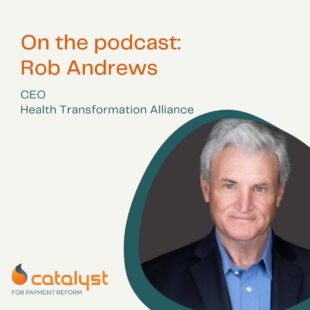
Rob Andrews on HTA’s National Advanced Primary Care Network
In our latest episode of Listening In (With Permission), Guy calls Rob Andrews, founding CEO of the Health Transformation Alliance (HTA) and former U.S. Congressperson. Listen in as Rob and

In our latest episode of Listening In (With Permission), Guy calls Rob Andrews, founding CEO of the Health Transformation Alliance (HTA) and former U.S. Congressperson. Listen in as Rob and

Part three of our three-part Data Podcast Series. In this episode of Listening In (With Permission), CPR’s Director of Member Services, Ryan Olmstead engages in a captivating conversation with Julie
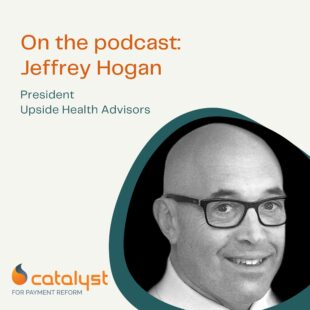
Part two of our three-part Data Podcast Series. In this insightful podcast episode, we dive deep into the evolving role of Chief Financial Officers (CFOs) in healthcare purchasing. Join Ryan
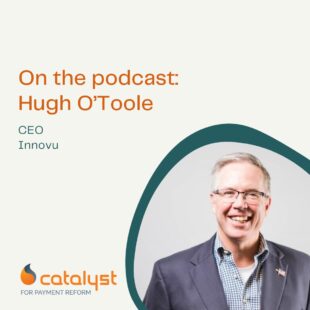
Part One of our three-part Data Podcast Series. “So when I say it’s a gift, anytime a consumer gets enough information to make an informed decision, it’s a gift.” Listen

$935 billion. It’s hard to imagine what that number really means. It’s approximately the amount the United States spends on Medicare, it exceeds our national military spending, and it’s more than what

Food insecurity is more prevalent in the United States than you might think, and it has wide-ranging implications on health outcomes, GDP, and employee success. In 2020, 13.8 million households were food

Before the pandemic, the use of telemedicine was steadily increasing as a care modality, but still faced regulatory, payment, and logistical challenges that hindered its widespread adoption. But when the world shut

32BJ Health Fund | New York’s pricey hospitals draw pushback from labor Aon | U.S. Employers Eye Provider Networks Amid Looming Medical Cost Pressures, Aon Reports CalPERS | CA VBID Program Boosted Primary

Like any 501c3 nonprofit (and many organizations for that matter), CPR must remain nimble. We recently setup the capability to accept tax-deductible contributions to fund our important work. You can also get involved with CPR. For example, you can become a member, participate in our enterprise subscription program, collaborate with us on research or thought leadership. Know that regardless of how you contribute, your support is going to a small, but mighty organization tackling health care’s biggest challenges on behalf of employer-purchasers.

At CPR, we have a saying: if you don’t have a REF, you can’t trust the scoreboard. That’s why CPR created “Reform Evaluation Frameworks,” or – affectionately – REFs.
REFs are program evaluation tools that compel plan administrators and point solution vendors to use a standardized methodology and standardized set of performance indicators to measure cost savings, clinical quality and utilization.
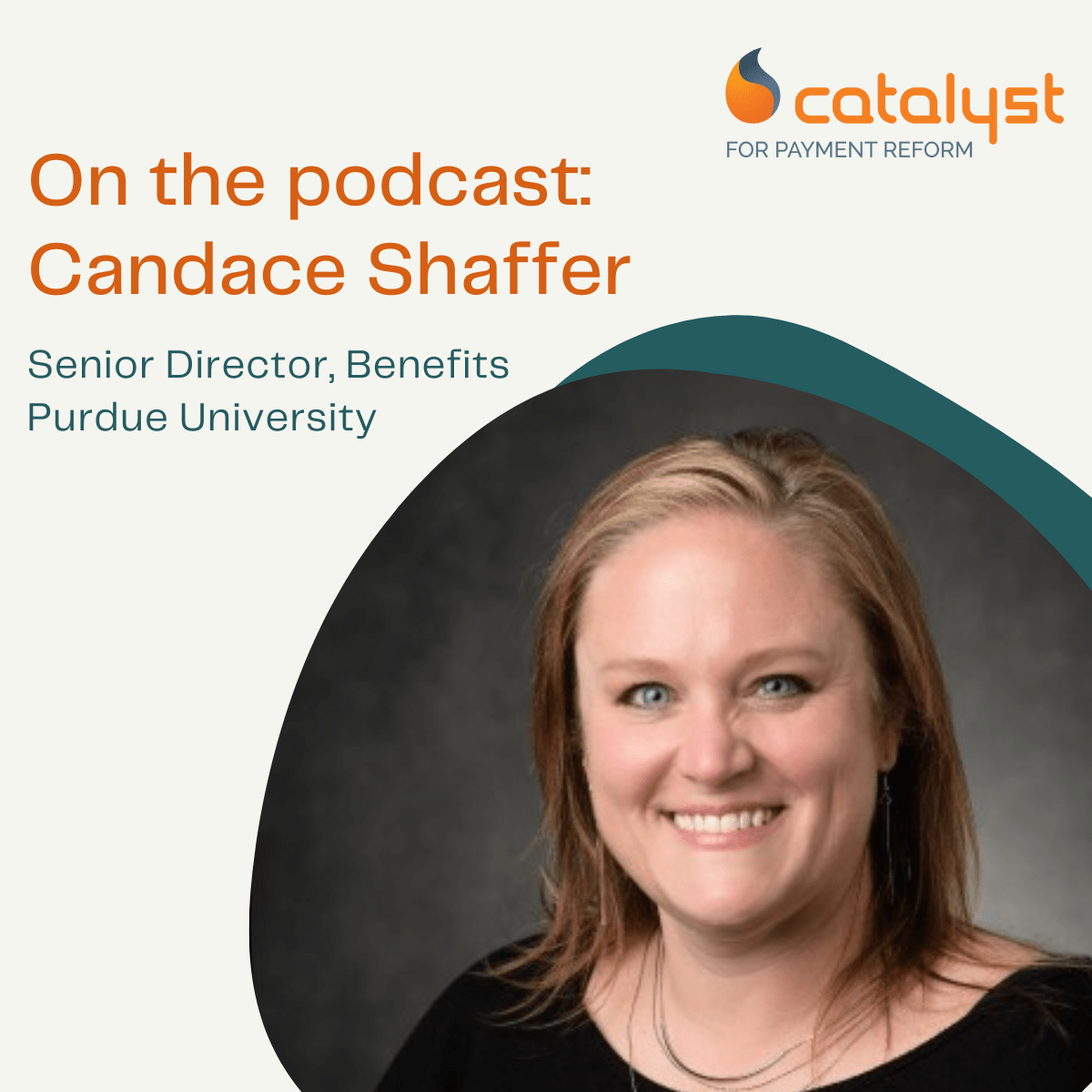
Suzanne calls up Candace Shaffer, Senior Director, Benefits at Purdue University to discuss the benefits purchasing strategies that she and her team have implemented and some of the tremendous savings as a result of those strategies.

Andréa calls Dr. Vikas Saini, President of the LOWN Institute to discuss their Hospital Index which measures a hospital’s social responsibility, examining how hospitals rank in terms of health outcomes, value and equity. The index is comprised of 53 different metrics, Dr. Saini explains how they collect and analyze their data.

Andréa calls Dr. Vikas Saini, President of the LOWN Institute to discuss their Hospital Index which measures a hospital’s social responsibility, examining how hospitals rank in terms of health outcomes, value and equity. The index is comprised of 53 different metrics, Dr. Saini explains how they collect and analyze their data.

Julianne calls up Doug Aldeen, ESQ an ERISA Healthcare Attorney and General Counsel to discuss the Reference Based Pricing (RBP) landscape, specifically how RBP has evolved over time.
Doug recounts his experience defending RBP companies from lawsuits and saw the evolution from uniform level reimbursement to variation depending on the market.
“Ultimately, the reason these facilities were coming after the RBP companies is it’s a market threat…you’re now a price maker, instead of a price taker.”

Sarah Hostetter, Managing Director, Physician and Ambulatory Research at Advisory Board speaks with Suzanne about the landscape of physician practices. Whats happening with acquisition of physician practices? Are there any independent practices left? Why do some physicians choose to join larger practices? Sarah digs into the data and sheds light on how the changing landscape affects physicians themselves, but also the market at large.

As an independent, nonprofit organization with the mission to catalyze employers, public purchasers and others to implement strategies that produce higher value health care and improve the functioning of the health care marketplace, we pride ourselves on our being forward thinking and agile. So, it’s no surprise that we make a list of New Year’s resolutions every year. This year, we share it with you.

n the one dozen years since CPR began, we have tackled a number of big issues in health care, pushing for effective payment reform, helping to launch the price transparency movement, and sounding the alarm on growing provider market power, among others.
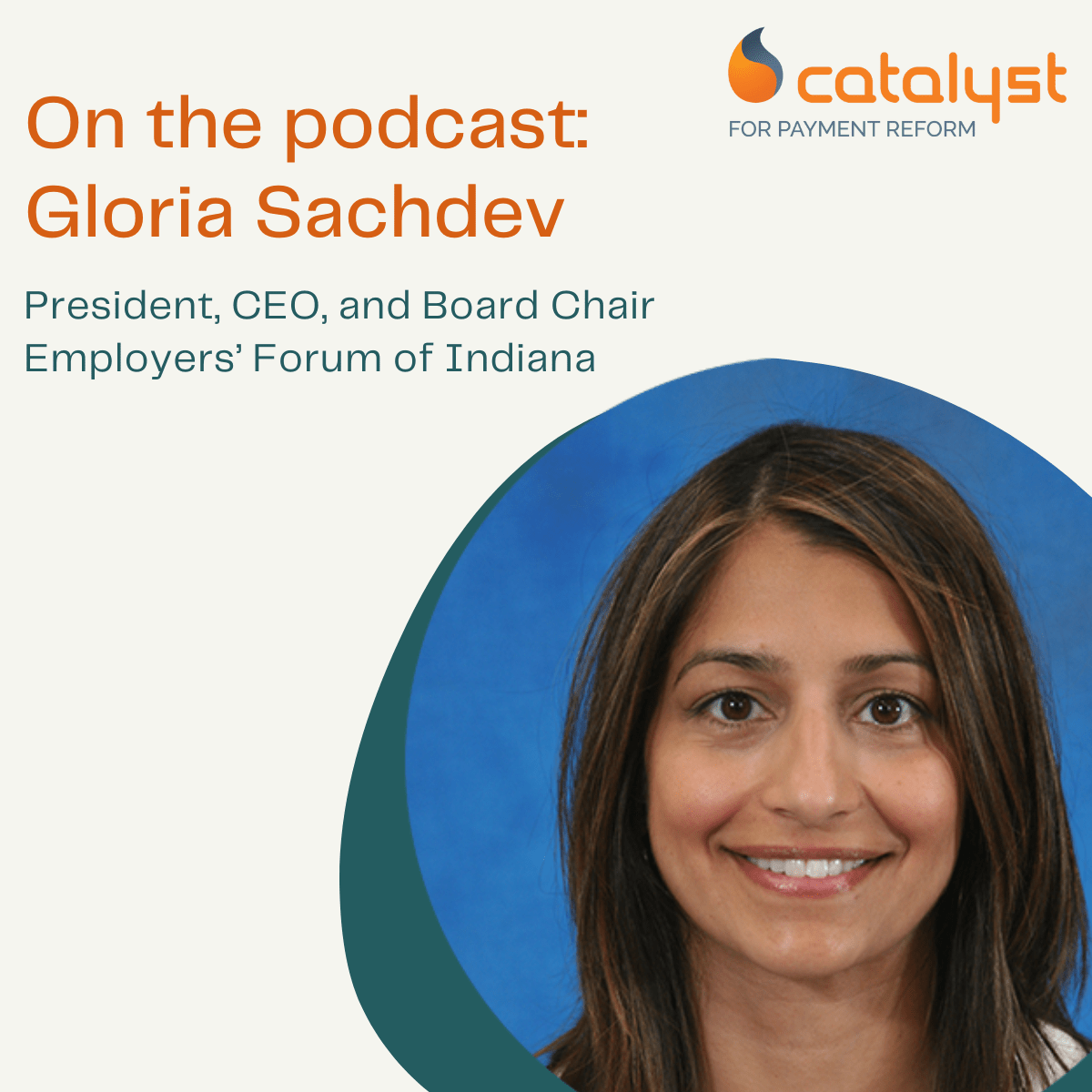
Suzanne calls up Gloria Sachdev to discuss the Employer’s Forum of Indiana’s (EFI) latest tool, Sage Transparency. Sage Transparency is a tool that brings together public and proprietary data on hospital pricing and quality. It gives users access to price and quality data for thousands of hospitals across the United States—and it’s free!
So what do the data say? Well, they confirm a lot of what employer-purchasers are feeling at the moment.
“We’re seeing just about the fastest rate of health care inflation in our data ever.”
What’s a solution? Price Transparency Data.
We have all of this price transparency data, what are we going to do with it?
Well, we need a new model if we’re going to get consumers to use it. We have to get to them upstream, we have to make it really simple, and we have to change the incentives so that they save thousands of dollars by getting with the program.

Suzanne speaks to Marilyn Bartlett about the National Academy for State Health Policy’s (NASHP) Hospital Cost Tool and her role in creating it. NASHP’s interactive Hospital Cost Tool provides anyone from policymakers to researchers with insights into how much hospitals spend on patient care services. The tool also shows how those costs relate to both the hospital charges (list prices) and the actual prices paid by health plans.
So what do the data say? Well, they confirm a lot of what employer-purchasers are feeling at the moment.
“We’re seeing just about the fastest rate of health care inflation in our data ever.”
What’s a solution? Price Transparency Data.
We have all of this price transparency data, what are we going to do with it?
Well, we need a new model if we’re going to get consumers to use it. We have to get to them upstream, we have to make it really simple, and we have to change the incentives so that they save thousands of dollars by getting with the program.

CPR is thankful for all the top health care minds who have taken time out of their busy schedules to join us on our Podcast, Listening In (With Permission). CPR surpassed 100 episodes this year and we are not slowing down. Please take the time to listen to our top 5 most listened to episodes of 2022 (so far).